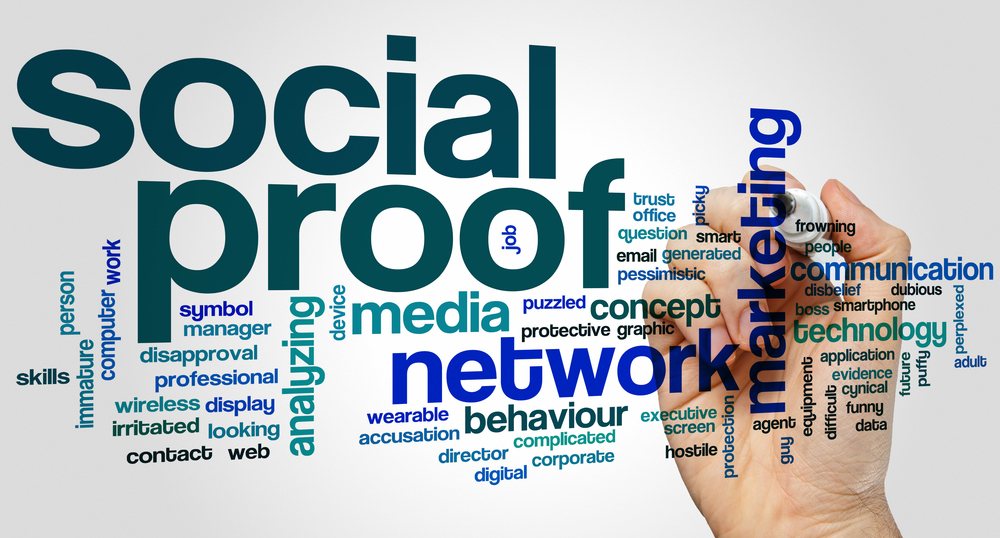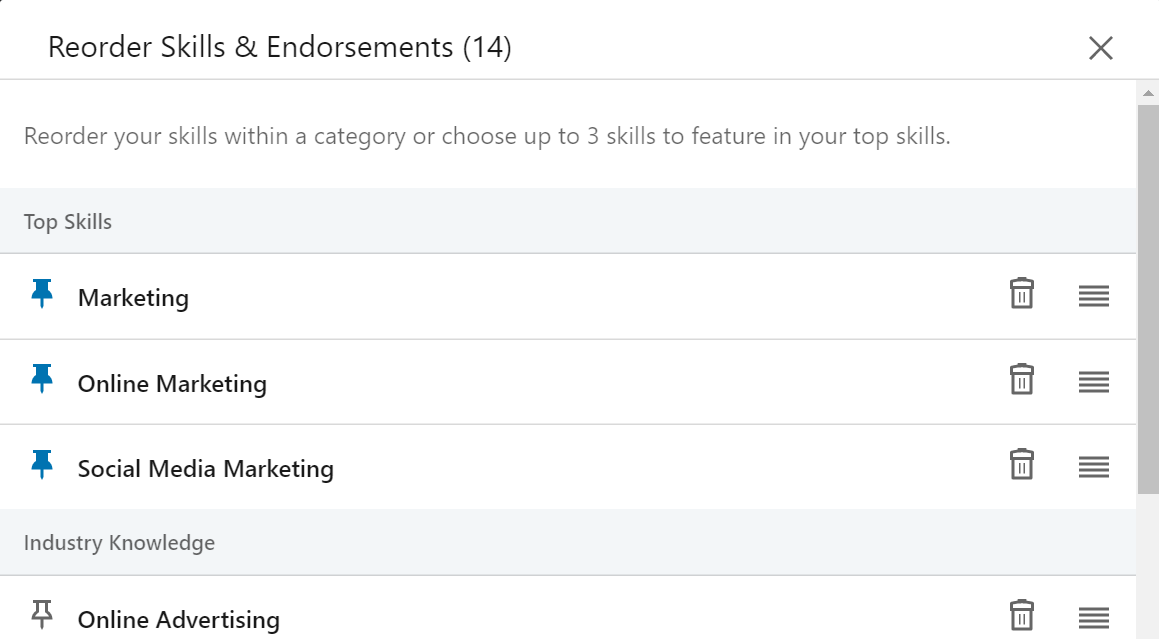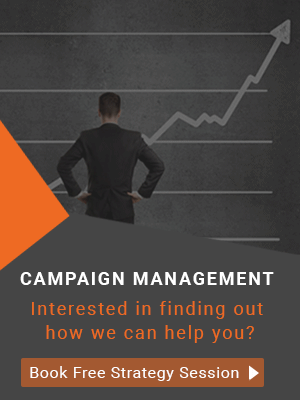
First impressions count. When you reach out to prospects on LinkedIn and they receive your connection message they will see your photo, your headline, your name, the mutual connections you share and also your connection message.
This initial impression will determine whether some people will or will not connect with you. For others, what you include on your LinkedIn profile will determine whether they see value in connecting with you and ultimately whether they trust you to do business with you.

In this article, I’ll show you how you can provide social proof on your profile to demonstrate that you are the expert that can help them with their problem. So how can you do this?
Recommendations
Recommendations demonstrate that you have provided value to someone that you have either worked for or worked alongside. They help build trust, confidence and present a positive track record, which shows you’ve successfully helped others in the past and that you know what you’re doing.
If you don’t have any recommendations – what impression does this give?
The best recommendations to show on your profile (you can hide recommendations received or given) are ones from your clients. Potential clients will look at your recommendations and when they see that you have received testimonials from people like them, this is reassuring and instills trust.

Be mindful if you have a ‘Given / Received deficit’. In other words, you have given more recommendations than you have received. Psychologically, people gain more confidence if more people have said nice things about you than you about them. As above, you can hide recommendations you have given from appearing on your profile to bring this into a surplus. Don’t worry, these hidden recommendations will still display on the profiles of the people you gave them to.
Another thing to be mindful of is if you have given many mutual recommendations. Potential clients may spot this and devalue these ‘swaps’. If your recommendations are ‘swaps’, once again hide them from your profile.
Skills & Endorsements
Skills and endorsements have low value. I have received endorsements from people who have no idea whether I am competent at marketing, but yet they have endorsed me for this skill. However, what they are good for is providing your potential customers with an overview of the skillset you possess.
On your LinkedIn profile, only 3 skills show with a button to ‘Show more’. Make sure that the 3 visible skills are the ones most important for your potential customers in your dealings with them. If the most relevant ones aren’t visible, you can reorder them via the edit function. If a particular skill is not there, you can always add it.

Media Sections
The media section within your ‘About’ and ‘Experience’ sections enable you to provide evidence from outside LinkedIn. You could upload client testimonial videos, promotional videos, PDF documents showing case studies – the options are almost endless. However, be careful what you upload and ensure you choose the best ‘evidence’ to showcase your offering.
Conclusion
In order to provide the best impression and instill trust, reach out to your past and current customers to ask for recommendations. If you are new in business, you can get recommendations from ex-colleagues. Ensure you have your 3 most relevant skills showing as well as enough evidence to make potential clients think that you are the right person to help them.
Adding social proof into your account may make or break whether someone trusts you enough to reach out and engage in conversation. Your potential clients will carry out research so don’t leave anything to chance and make that good first impression.
How much social proof do you have on your account?



